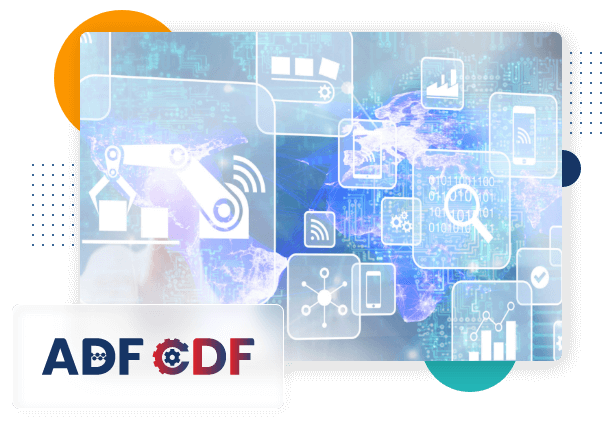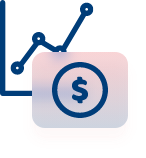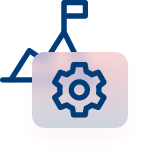At Anblicks, we are introducing Azure Data Factory Config Driven Framework (ADF – CDF) accelerator. It is a low-cost, simplified, low-code ELT/ETL framework on top of Microsoft Azure Data Factory for effortless ETL pipelines. It helps in operational efficiency, consistency, performance, and access control while allowing our developers to leverage the Azure Snowflake platform. With this framework, our team of experts spends less time creating and configuring ETL/ELT jobs with minimal code required providing high scalability, flexibility, and security to data integration projects.
ADF-CDF – Config Driven Framework
Azure Data Factory – Config Driven Framework: No-Code enterprise ETL/ELT Framework, to accelerate and automate the data ingestion into Snowflake using Azure Data Factory.
About ADF-CDF Accelerator
The Challenges with Manual ETL
Higher TCO
- Increased development time
- Higher maintenance
- Deployment challenges
Operational Challenges
- Lack of Workflow management
- Delayed troubleshooting
- Lack of monitoring
Performance Issues
- Lack of tasks parallelization
- Inefficient Orchestration layer
Our Offerings
The Azure Data Factory Config-Driven Framework Accelerator is a solution that uses a configuration-driven approach with Snowflake to help automate the ETL workflow for copying data from different sources. While this system has various advantages, like faster complete and incremental load, flexible rerun, and easier pipeline maintenance. Some of the major key offerings include:
- Low code ETL/ELT framework.
- Configurable workflow.
- Optimized for Flat files and RDBMS full and incremental load.
- Out-of-the-box Operational Dashboard.
- Configurable sequential and parallel execution.
- Comprehensive Logging and Error Handling
- Restartable from any point of failure without manual intervention.
- Load Incremental data by using SQL Change Tracking (CT) with schema drift.
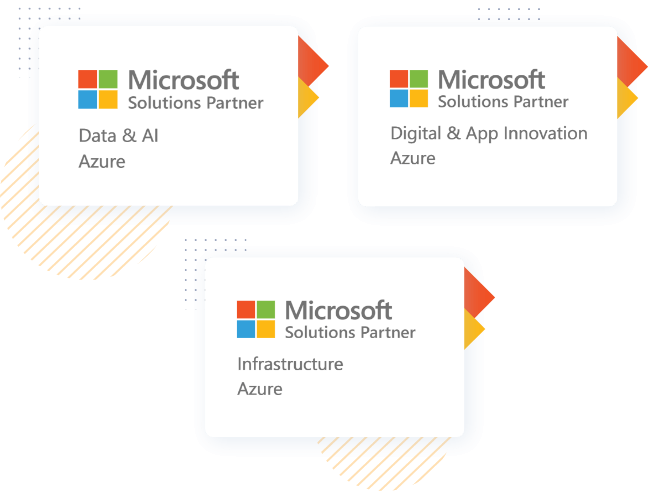
Solution Architecture
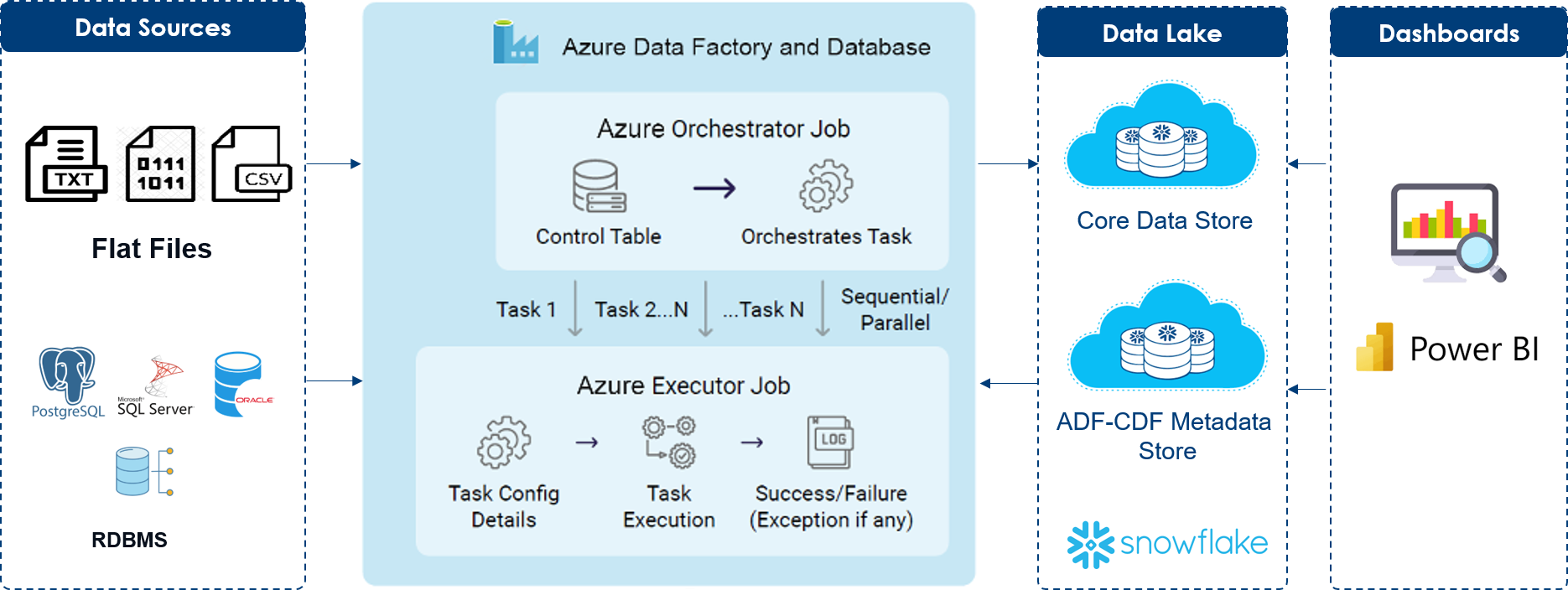
Schedule your Demo Today.
Unlock the Benefits of ADF-CDF
1
2x increase in data sources results in as lower than 1.2x investment
2
Low cost solution with reduced maintenance effort
3
Saves up to 60% of time and 40% of costs
4
Add new data sources, pipelines with little configuration or no input
5
Improve performance by configurable Task parallelization
6
Insightful proactive operational dashboard to mitigate failures
Our Accelerators are Trusted By

